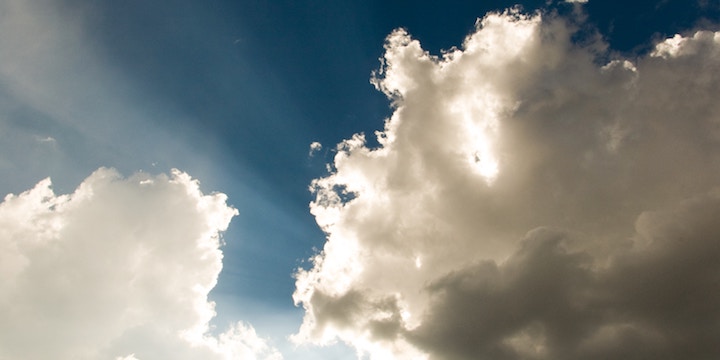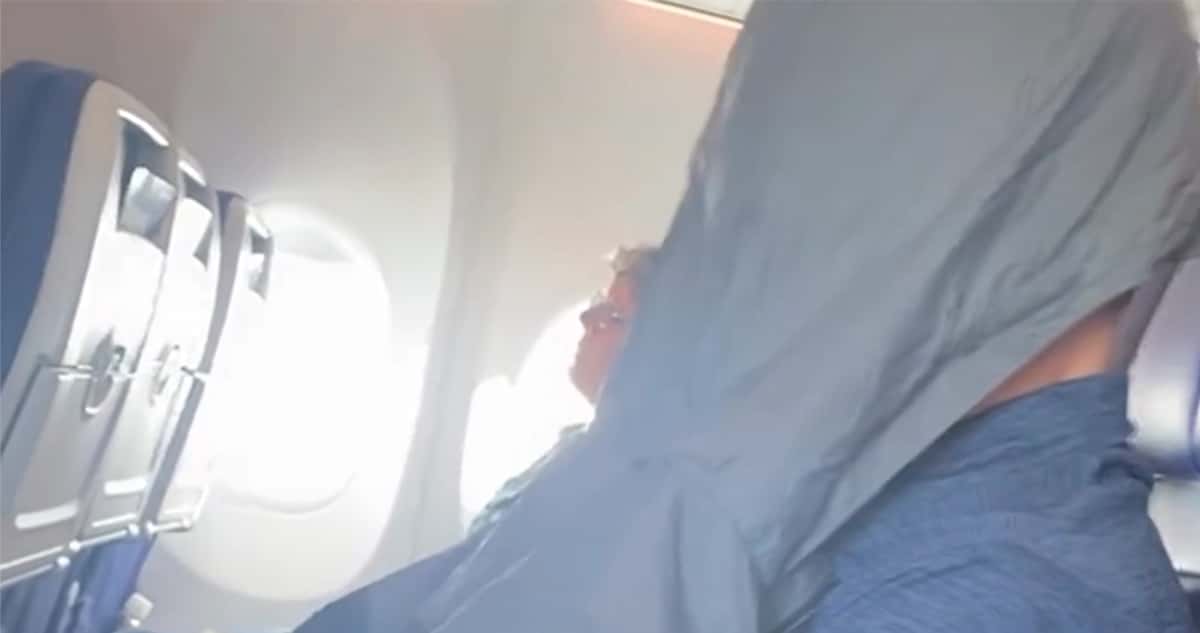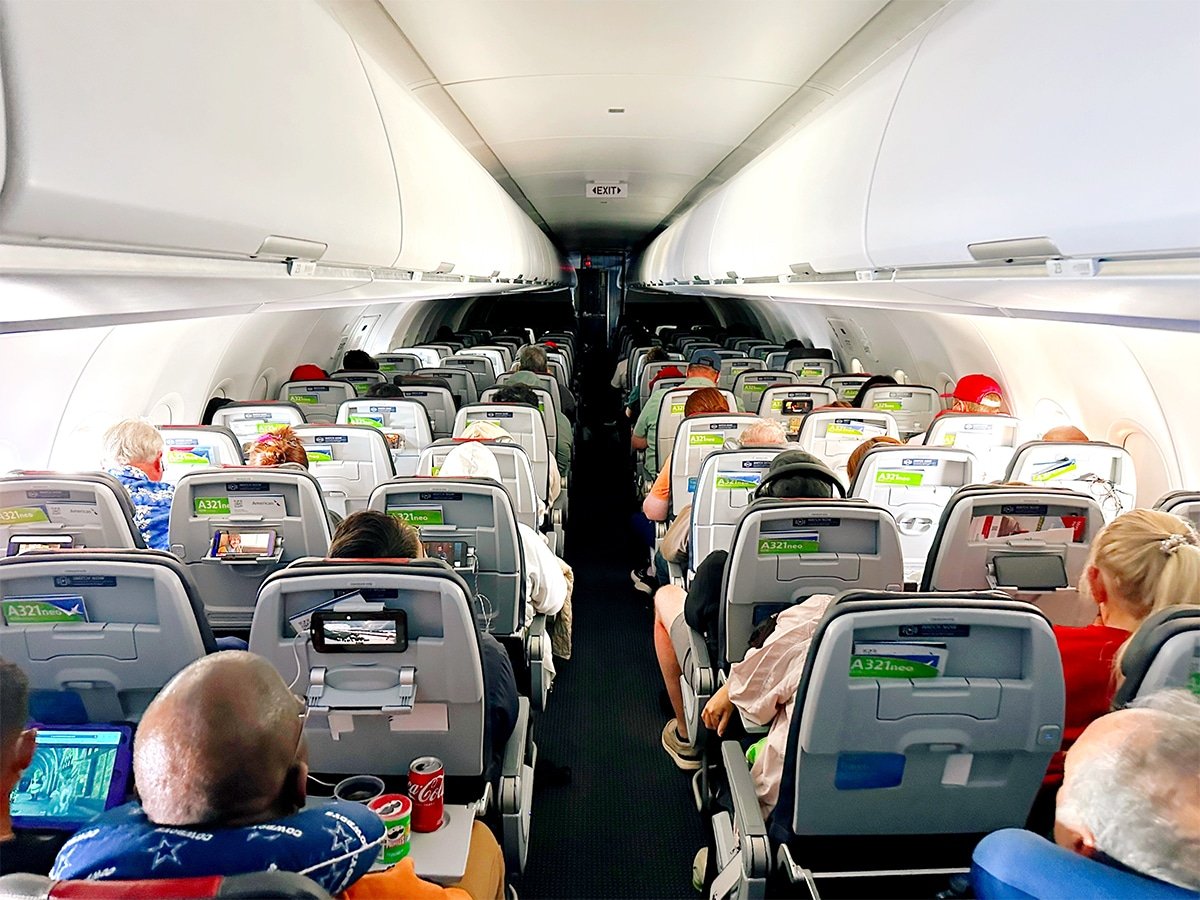
Update: The list of countries and airlines that have grounded the 737 MAX is growing. Per CGTN: Australia, Indonesia, Malaysia, Singapore, the U.K., Aerolineas Argentinas, Aeromexico, Eastar Jet, Ethiopian Airlines, Gol Airlines, Jet Airways, MIAT Mongolian Airlines, Norwegian Air, Royal Air Maroc…
Following yesterday’s tragic Ethiopian Airlines crash—the second crash of a Boeing 737 MAX in under six months—some travelers are now afraid to fly aboard the aircraft. Some countries, including Ethiopia, China and Indonesia, have even grounded the plane. As the New York Times writes, the questions Boeing now faces “go to the heart of its business, as the 737 class is a workhorse for airlines worldwide, and the single-aisle 737 MAX has been the company’s best-selling plane ever.” The 737 MAX has been flying commercial routes since 2017. Here’s a map of the airlines using it from Boeing’s website.
In the U.S., American (AA), Southwest and United fly the 737 MAX. I flew on one for the first time just two weeks ago, from LGA to MIA with AA. I waited so long to fly it not because I was afraid of it crashing but because many travelers and flight crew have complained about how uncomfortable it is (because AA crammed so many seats into it).
So, what if you’re booked on a flight serviced by a 737 MAX (check the airline’s website or SeatGuru)? So far, no specific aircraft-wide danger has been identified, and it’s important to remember how safe modern flying is. As written in The Week, “More than four billion people travel by plane each year yet the number of fatalities from crashes ‘is minimal, tiny,’ says Australian aviation journalist Geoffrey Thomas. If you’re flying in the US, Europe or Australia, ‘the chances of being involved in an accident on a commercial jet airliner are virtually zero’, he told SBS News.”
But if you are worried, you’re not alone. If you’re really worried, you could try calling your airline and asking to be placed on another aircraft. No airlines with 737 MAX fleets are offering travel waivers that will let booked passengers switch flights for free, so you’ll have to see what the agent (and/or the supervisor) says. There’s no guarantee you’ll be allowed to change for free. In any case, we’ll be monitoring the story—and believing in the safety of commercial air travel in 2019.
Feel free to share your thoughts in the post.
Related:
- Commercial Plane Crashes During the Past Five Years (Washington Post)
- How to Find Out How Safe a Country’s Airlines Are
____________________________________________________________
Have your own tip? Email it to whitney@johnnyjet.com!
Want to see more tips? Click here for all 1,402!
Want even more travel tips? Sign up here for the Daily Travel Tip newsletter! Just fill in your email address and check the Daily Travel Tip box—and you’ll have Johnny’s best tips, straight to your inbox each day!
If you already subscribe to our weekly newsletter, you can sign up on the same page. Just fill in your email and check the Daily Travel Tip box on the same page and you’ll receive an email with a link to update your JohnnyJet.com preferences. On that page, just click the Daily Travel Tip box and Update Profile.








Please explain if a 737 MAX is the same as a 737-800 or 737-700, etc. I don’t ever see the word MAX after 737. Thank you.
I am booked on some 737-800 flights.
They’re different planes. The 737-MAX is their newest version. Here’s the difference between them https://www.avgeekery.com/five-ways-to-tell-the-boeing-737-max-apart-from-older-737s/
Statistics are ok unless you are in the 1% crash catergory